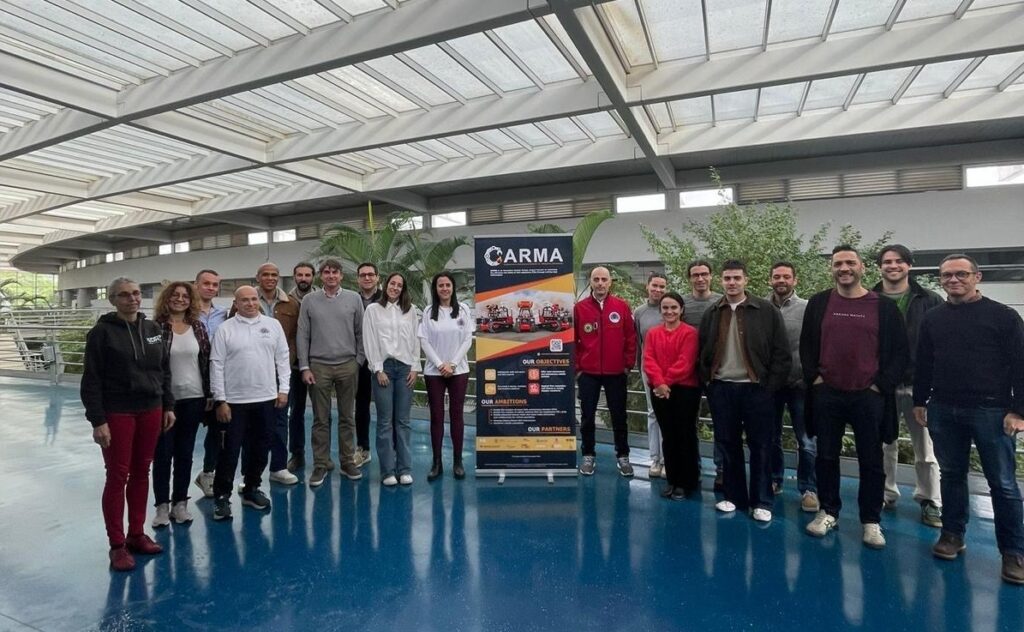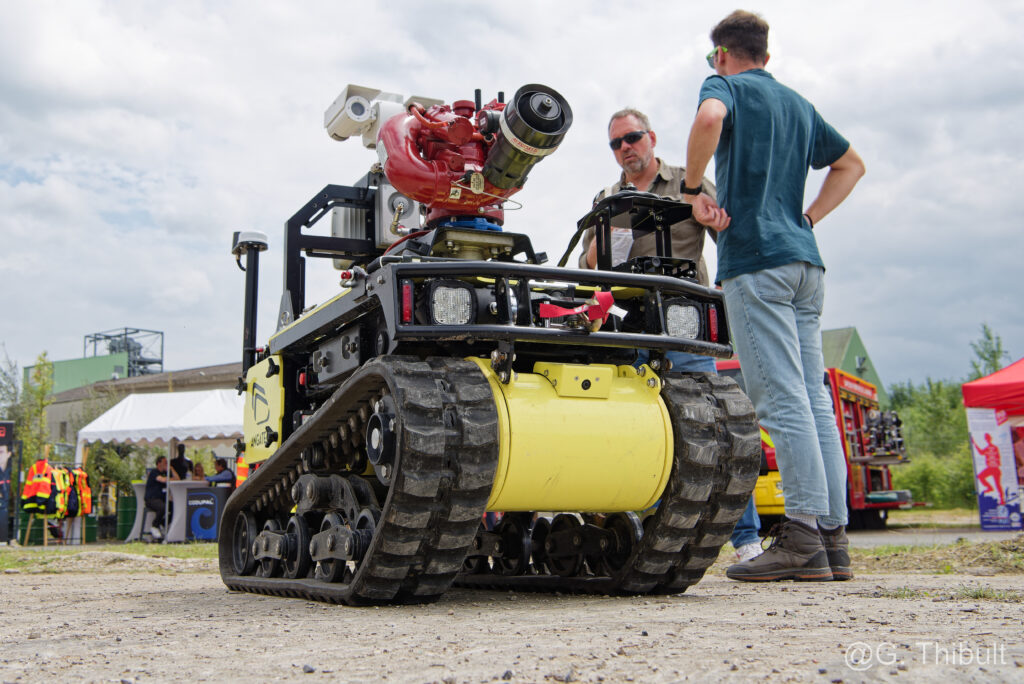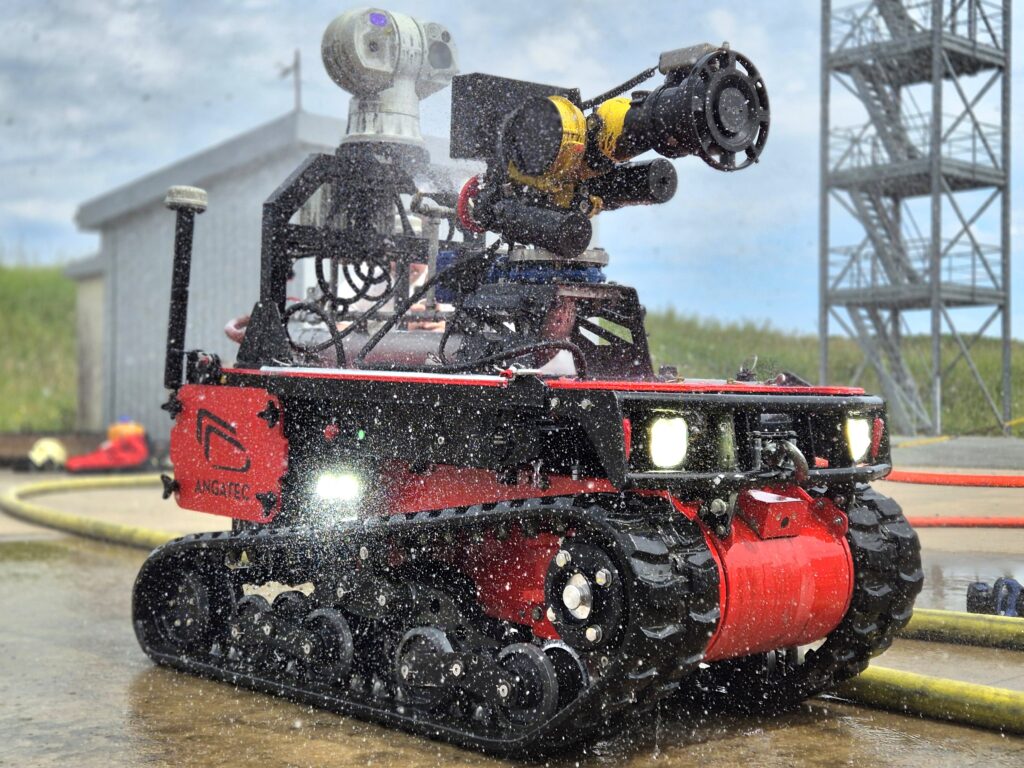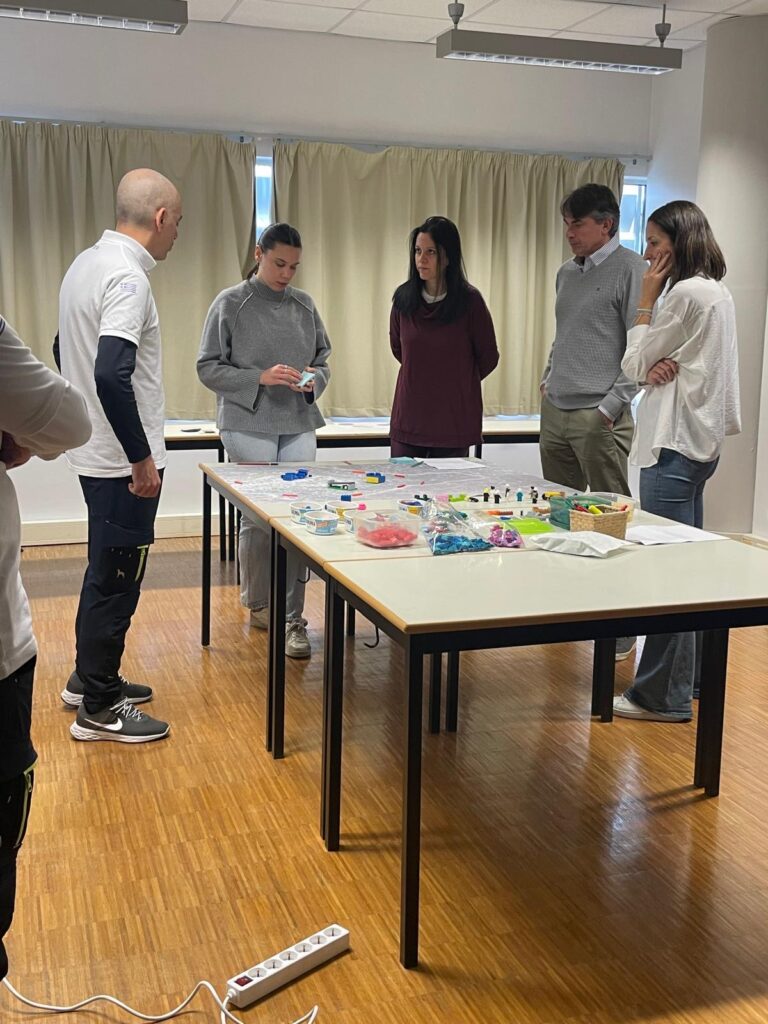In emergency response, every second counts and teamwork can mean the difference between life and death. This teamwork isn’t just among humans – it extends to our robotic allies on the front lines. Enter CARMA (Collaborative Autonomous Robots for eMergency Assistance), a groundbreaking European initiative uniting experts from across the continent to advance human-robot collaboration in disaster situations. CARMA’s mission is to push the boundaries of innovation by developing next-generation robotic solutions that strengthen society’s resilience to disasters. In short, CARMA is redefining how humans and robots work together for the greater good.
A Unified Mission for Robotic Emergency Response
At its core, CARMA is a European collaborative project uniting 12 partner organizations to develop a modular, secure, and user-friendly robotic ecosystem for emergency response. The project aims to enhance first responder safety by integrating various robotic tools into a cohesive system, co-designed with end-users like firefighters and rescue teams to ensure it meets real-world operational needs.

Integrated, Modular Architecture: Building a Robotic Ecosystem
One of CARMA’s hallmark innovations is its integrated, modular architecture. Rather than relying on a single do-it-all robot, CARMA connects specialized machines and components into one interoperable system. Sensors, unmanned vehicles, communication links, and control software are all designed to plug-and-play together, so multiple robots can coordinate and share data in real time. Different UGVs – and even aerial drones – operate in a symbiotic manner, orchestrated through CARMA’s common interface.
Achieving this seamless integration is no small feat. Each partner contributes a piece of the puzzle – from advanced sensors to autonomous navigation algorithms – aligned through common standards. For instance, CERTH’s team is developing Symbiotic Mission Orchestration Tools to manage multi-UGV cooperation, while WayOut Robotics unifies sensors and control software across all platforms to ensure they act as one. Thanks to this collaborative design, CARMA’s scalable robotic toolkit can be adapted to different emergency scenarios by simply swapping or adding modules as needed.
TEC800: A Tracked UGV in the CARMA Ecosystem
A shining example of CARMA’s collaborative innovation is the TEC800 tracked unmanned ground vehicle – a rugged, tank-like robot developed by Europeans companies ANGATEC in collaboration with WAYOUT. The TEC800 is widely recognized for its reliability and adaptability in critical situations. It can navigate debris, climb stairs, tow heavy objects, and even carry firefighting equipment or a stretcher for evacuations. In other words, this UGV is built to take on the toughest tasks that would otherwise endanger human responders.

Within CARMA, the TEC800 is being augmented and integrated as part of a larger robotic fleet. It serves as a heavy-lifting workhorse, hauling gear and deploying sensors into hazardous zones where humans shouldn’t go. Thanks to CARMA’s interoperable network, the TEC800’s onboard cameras, thermal imagers, and chemical detectors all feed data into the shared platform, giving commanders and fellow robots real-time situational awareness. Project pilots foresee smaller scout robots identifying hazards and locating victims, while the TEC800 extracts dangerous materials and cleares obstacles. This teamwork exemplifies how CARMA combines each robot’s strengths into one coordinated response.

Under CARMA, ANGATEC and WAYOUT are refining the TEC800 with input from responders across Europe. They are integrating novel capabilities – for example, XTONOMY’s smoke-penetrating radar for navigation – and ensuring the TEC800’s controls mesh with CARMA’s unified interface. The result is an even more capable TEC800, fully in sync with other robots and human teams – a true force multiplier in emergencies.
Overcoming Integration Challenges Through Collaboration
Bringing a complex multi-robot system to life comes with its challenges. Each robot platform has its own specs and protocols, so making them work together isn’t trivial. CARMA addresses this by having all technical partners plan for interoperability from the start. The team agreed on common standards for interfaces and data exchange, ensuring that a sensor or module from one partner can plug into another’s robot without difficulty. Frequent field tests allow partners to plug in their components early and sort out any incompatibilities together.
This teamwork extends beyond engineering. End-user partners— fire brigades, police, and rescue teams – provide continuous feedback by testing the system in realistic drills. Their insights help pinpoint issues that matter in real operations (from interface usability to battery life). The result is a robust platform, co-created by users and engineers, that merges diverse technologies and meets first responders’ needs.

Shaping the Future of Emergency Response
As CARMA moves forward, it exemplifies the power of cooperation. No single organization could have built this solution alone – but by uniting 12 partners, CARMA is creating something greater than the sum of its parts.
With CARMA’s ecosystem in the hands of first responders, teams will be able to act faster and safer. Situational awareness that once took hours is obtained in minutes, and dangerous tasks can be handed off to robots. Because these solutions were co-designed with actual responders, they integrate naturally into emergency workflows – ultimately helping save lives.
CARMA is more than a project – it’s a vision of humans and robots working side by side for a safer world, proving that when experts unite across disciplines, they can achieve breakthroughs once out of reach. Join us as CARMA continues this journey and stay tuned for updates on how collaboration is shaping the future of emergency response.
